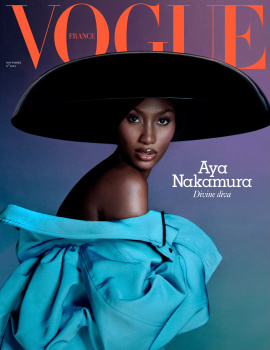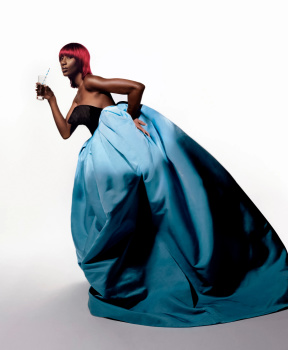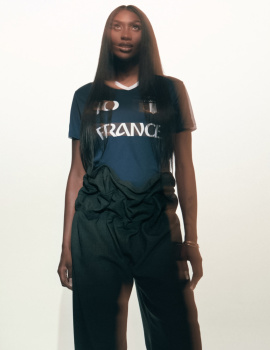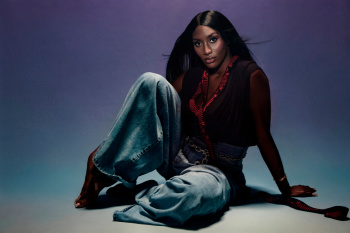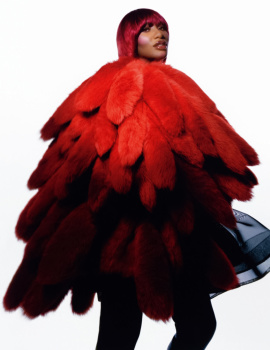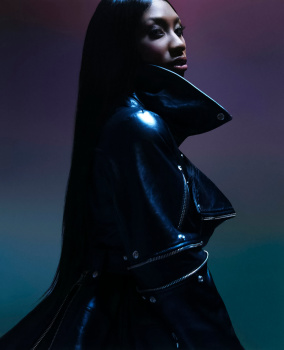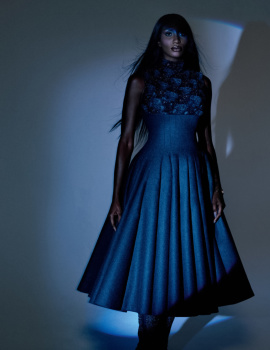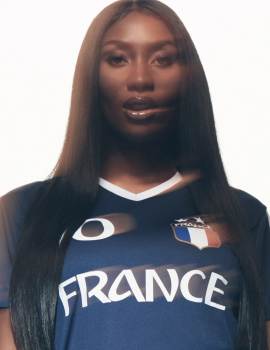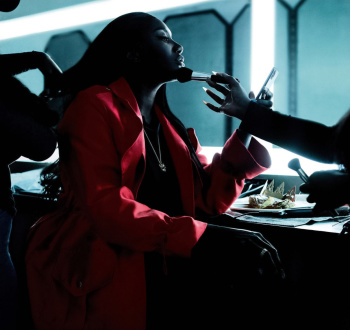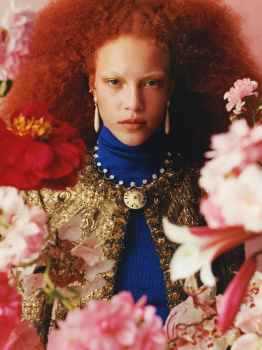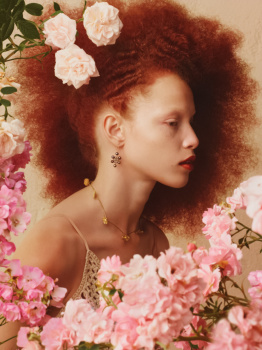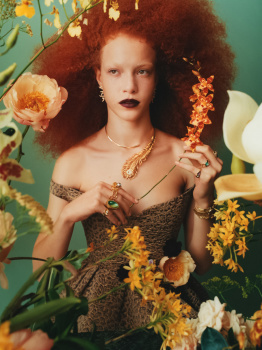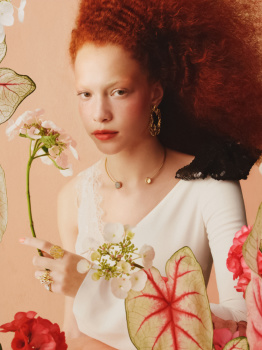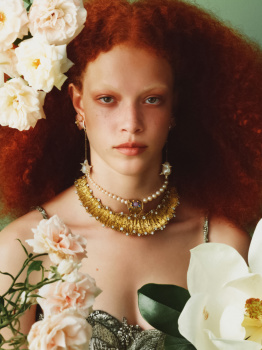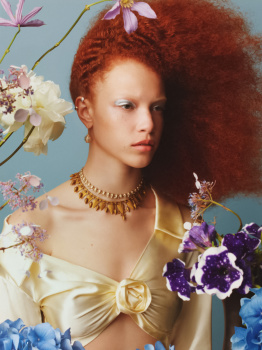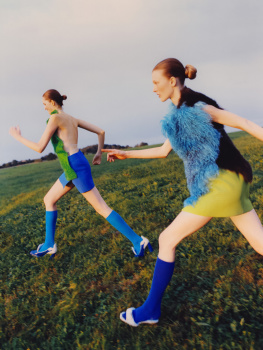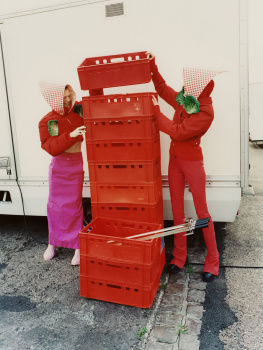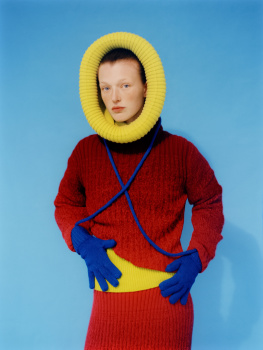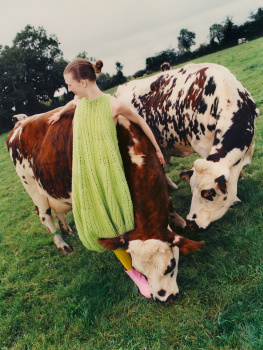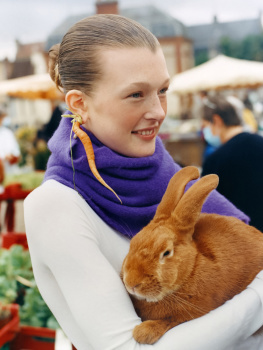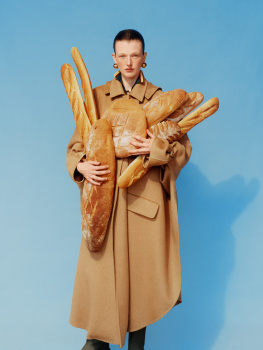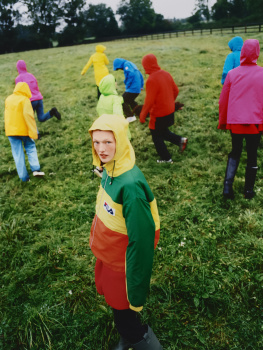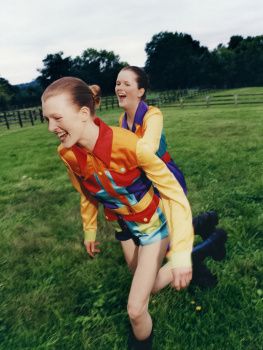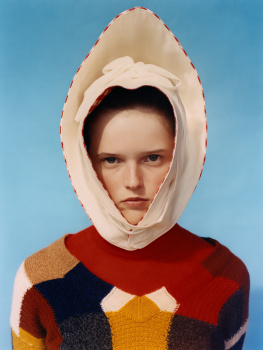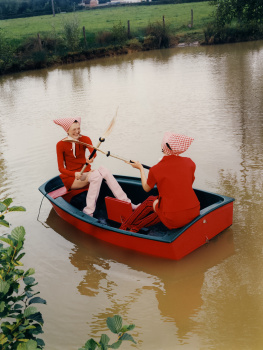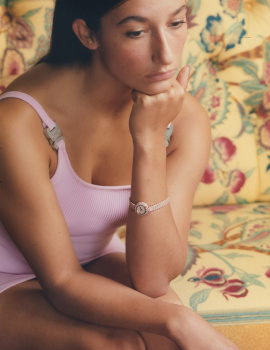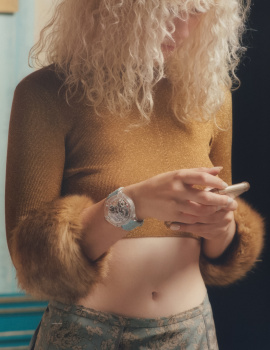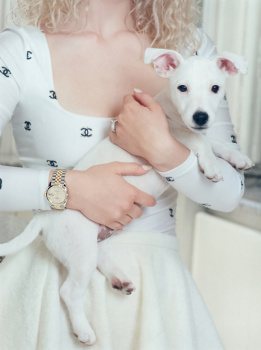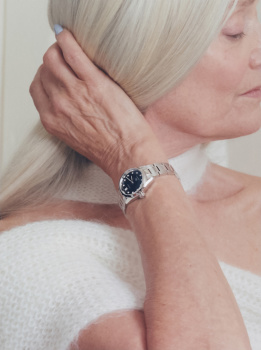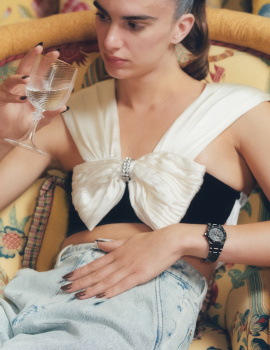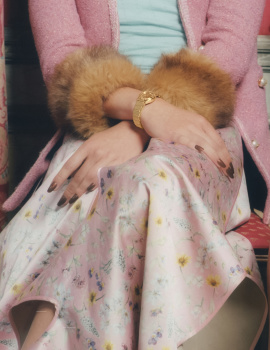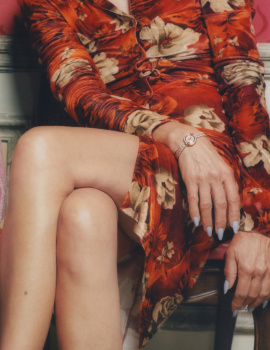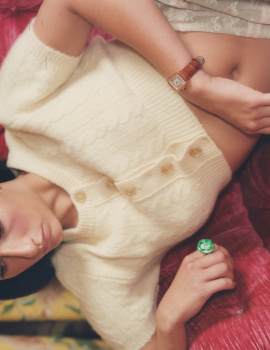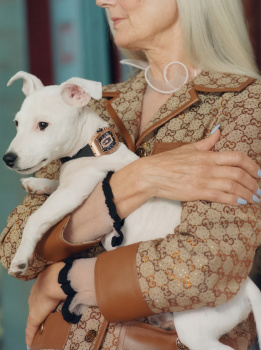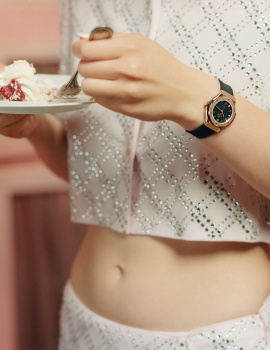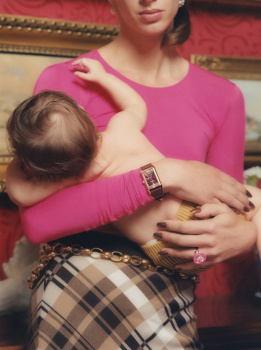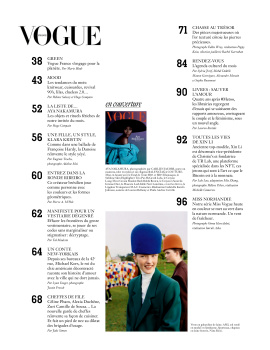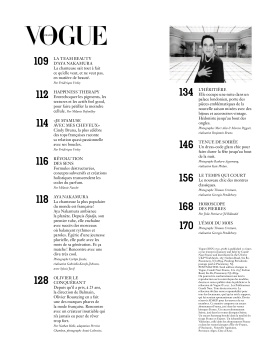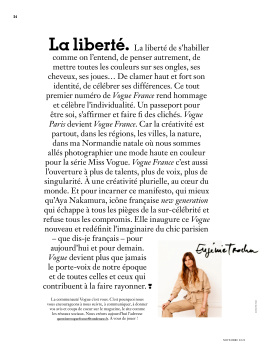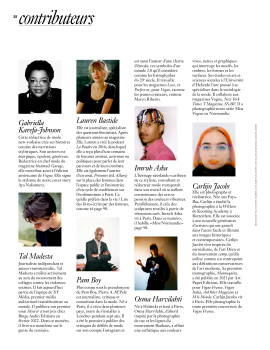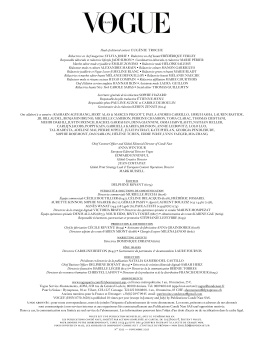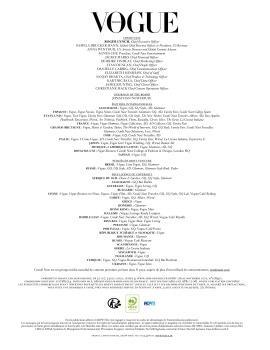I quite understand your argument, and was using your logic more so as the basis for my own comment than viewing dior’s OP as flat-out racist ideology. Is pulling up Instagram photos, middle finger up, heavy filters activated, IG model poses (and, once again, dior wasn’t the only member I saw do this to Aya in particular), not pigeonholing an artist merely to their social media image,
driven by marketing executives who equally as much funnel artists who belong in marginalized groups into “baddie” prototypes on social media? I don’t see the image of a celebrity pushed on social media through individual teams and the image of a celebrity pushed in fashion through fashion creatives as needing to fuse together as one
or else, and it was
this I was looking to aim at here. Only difference here is I seem to be looking primarily through the perspective of the ever-changing social media realm given the context of the OP, and you through the undeniably slow-to-change fashion industry.
With that being said, much of Black culture trickles into just about every aspect of society, now more than ever - the “yasssss mama slay the bootz down work it the house!” lingo of the drag community, the Y2K resurgence in fashion (Blumarine, hello yes I’m talking to you), all the way down to the surgical trends of lip fillers and Brazilian butt lifts… thereby making it unavoidable for the fashion world to feature yet tongue-in-cheek due to it’s own heavy Eurocentric standards. It’s difficult to formulate a concrete opinion here, but while it’s undeniably a step in the right direction to feature cover subjects of diverse ethnic backgrounds, something Alt did little of, is it to meet financial obligations, out of genuine commitment, or both?

This is a question I’ve been struggling to answer with Edward’s British Vogue for a long time, and I’m afraid it might turn up with Vogue France as well - perhaps already is.


 I think she looks great here, never-mind however she poses for IG.
I think she looks great here, never-mind however she poses for IG. This is a question I’ve been struggling to answer with Edward’s British Vogue for a long time, and I’m afraid it might turn up with Vogue France as well - perhaps already is.
This is a question I’ve been struggling to answer with Edward’s British Vogue for a long time, and I’m afraid it might turn up with Vogue France as well - perhaps already is.